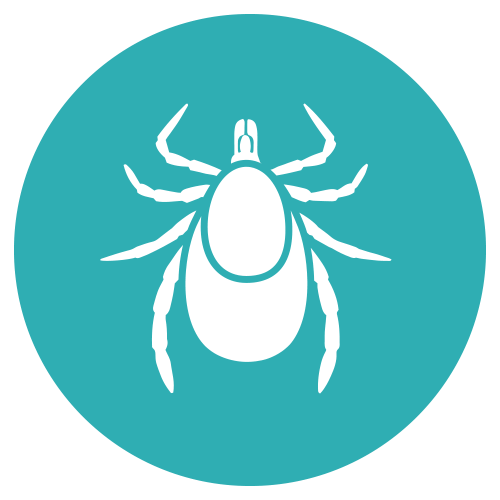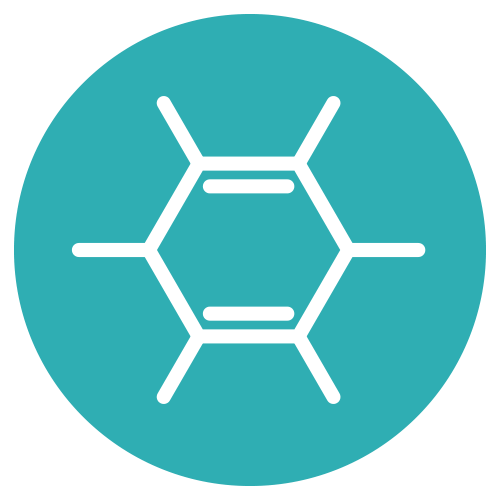Ectoparasites / vectors
Rs (Rhipicephalus sanguineus)
Ir (Ixodes ricinus)
| Treatment exposure modality: | Tarsal with choice |
| Efficacy type: | Repellency (%) |
| Stock solution: | 20 mM in EtOH or MeOH |
| Volume / datapoint: | 30 μL (triplicates) |
| Starting concentration: | 893 μmol/m² |
In Brief:
The Invenesis tick larvae repellent assay evaluates both deterrent and fast toxicity effets of a treated surface with test compounds on larvae of hard ticks (Ixodidae).
Tick larvae are deposited in a circular arena where one quadrant of the surface is treated. Ticks are deposited in the non-treated area. After 1 minute, the distribution of ticks in the treated and untreated areas is measured for a duration of 2 minutes. Repellent effect is expressed in %. 100% means that ticks completely avoided the treated surface. Toxicity is measured in the same setup over a duration of 8 minutes and the mortality is expressed in % motility reduction between the beginning and the end of the 8 minutes.
Definitions:
To ensure flawless communication, the following definition section introduces the vocabulary used at INVENesis. You will find this vocabulary on our quotes, raw data files, processed data files, preliminary and final reports. Open the Lexicon below.









